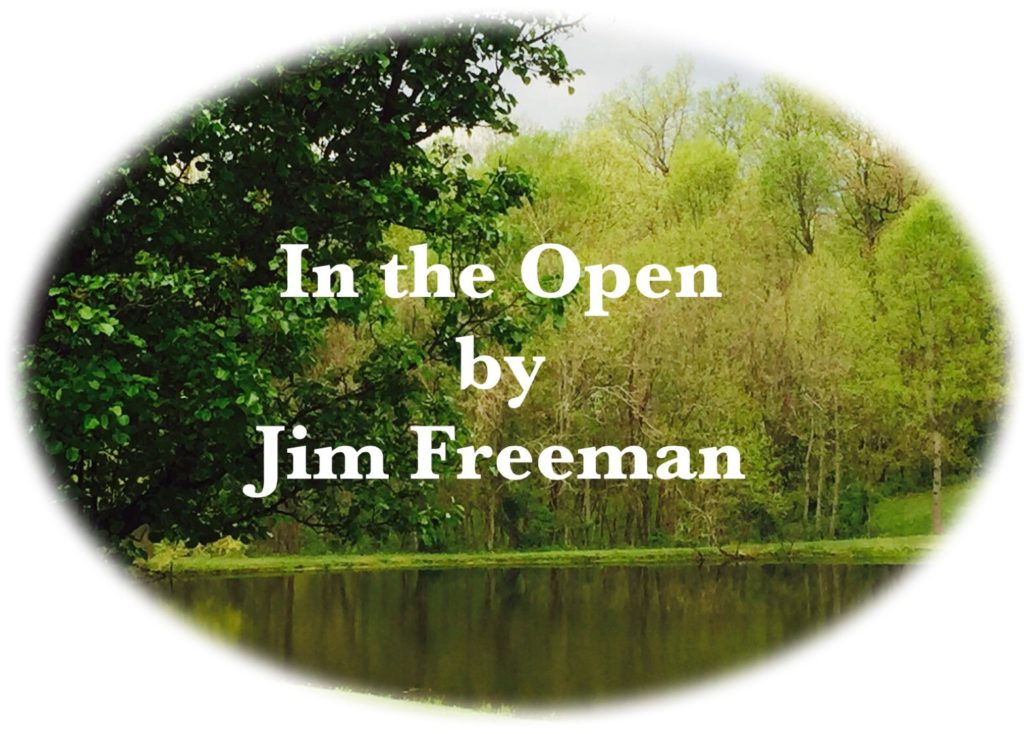Hunting season, milkweed seed pod collection underway


It doesn’t feel much like fall, but Ohio’s fall hunting seasons are indeed underway.
Squirrel season started back on Sept. 1, and hunters I have talked with have reported seeing plenty of squirrels. Ohio’s deer archery season started Sept. 29.
It is hard for me to get excited about hunting when it is still short-sleeve shirt weather. I’m looking forward to those crisp autumn mornings that we should have started getting about five weeks ago, but I’m sure I’ll be complaining about the cold before we know it.
The Ohio Department of Natural Resources took new action to monitor and help reduce the threat of Chronic Wasting Disease in Ohio’s deer herd.
As of Aug. 1, portions of Holmes and Tuscarawas counties have been declared a Disease Surveillance Area (DSA) as part of the state’s ongoing efforts to monitor Chronic Wasting Disease (CWD), according to the Ohio Department of Natural Resources (ODNR). This designation was made after a deer at a captive white-tailed deer facility in Holmes County tested positive for CWD. In addition, the state has established new carcass rules for hunters who hunt wild deer, elk, caribou and moose in other states.
The following regulations will apply within the DSA, and only within the DSA:
- Requires hunters to bring deer carcasses harvested within the DSA boundaries to an ODNR Division of Wildlife inspection station for sampling during the deer-gun and deer muzzleloader seasons;
- Prohibits the placement of or use of salt, mineral supplement, grain, fruit, vegetables or other feed to attract or feed deer within the DSA boundaries. Prohibits hunting of deer by the aid of salt, mineral supplement, grain, fruit, vegetables or other feed within the DSA boundaries; and
- Prohibits the removal of a deer carcass killed by a motor vehicle within the DSA boundaries unless the carcass complies with deer carcass regulations.
Normal agricultural activities including feeding of domestic animals as well as hunting deer over food plots, naturally occurring or cultivated plants and agriculture crops are not prohibited.
Again, these regulations only apply within the DSA in Holmes and Tuscarawas counties, but it is interesting to see what sort of restrictions are being put into place should CWD make the jump to Ohio’s wild deer herd.
The new carcass rules apply to Ohio hunters who travel out-of-state to hunt any CWD-susceptible species (white-tailed deer, mule deer, elk, caribou or moose). No person is permitted to bring or transport high-risk carcass parts of CWD-susceptible species into Ohio from any state or Canadian province, regardless of the CWD status of the exporting jurisdiction.
To make a long story short, you can only bring boned meat, antlers and capes, and finished taxidermy mounts back to Ohio if they contain no brain tissue, lymph nodes or spinal column.
Ohio’s milkweed seed pod collection continues through the end of the month and the Ohio Pollinator Habitat Initiative is calling on Ohioans to collect milkweed seed pods to help Monarch butterflies.
The project started in 2015 as a seven-county pilot project, and last year hundreds of Ohioans worked together. Since then the volunteers collected approximately 5,000 gallons of common milkweed seed pods, totaling over 22 million seeds, according to the OPHI.
Milkweed is the only host plant for the Monarch butterfly for egg laying and caterpillar rearing. It also serves as a food source for Monarchs as well as many other pollinator species.
Make your collecting go better by following these simple tips:
Make sure that before you collect seed, you become familiar with the common milkweed to avoid harvesting pods from similar plants such as hemp dogbane and swamp milkweed.
It is best to collect the pods when they are dry, grey, or brown. It is important to check this.
- If the center seam pops with gentle pressure, they can be harvested.
- Store the pods in paper bags; plastic bags collect unwanted moisture.
- Put the date and the county collected on the bag when you turn them in.
- Keep the pods in a cool, dry area until you can deliver them to the nearest collection site.
Athens and Meigs SWCD offices are the local collection points – people in Gallia County will need to bring them to Meigs SWCD for collection.
Jim Freeman is the wildlife specialist for the Meigs Soil and Water Conservation District. He can be contacted weekdays at 740-992-4282 or at [email protected]






